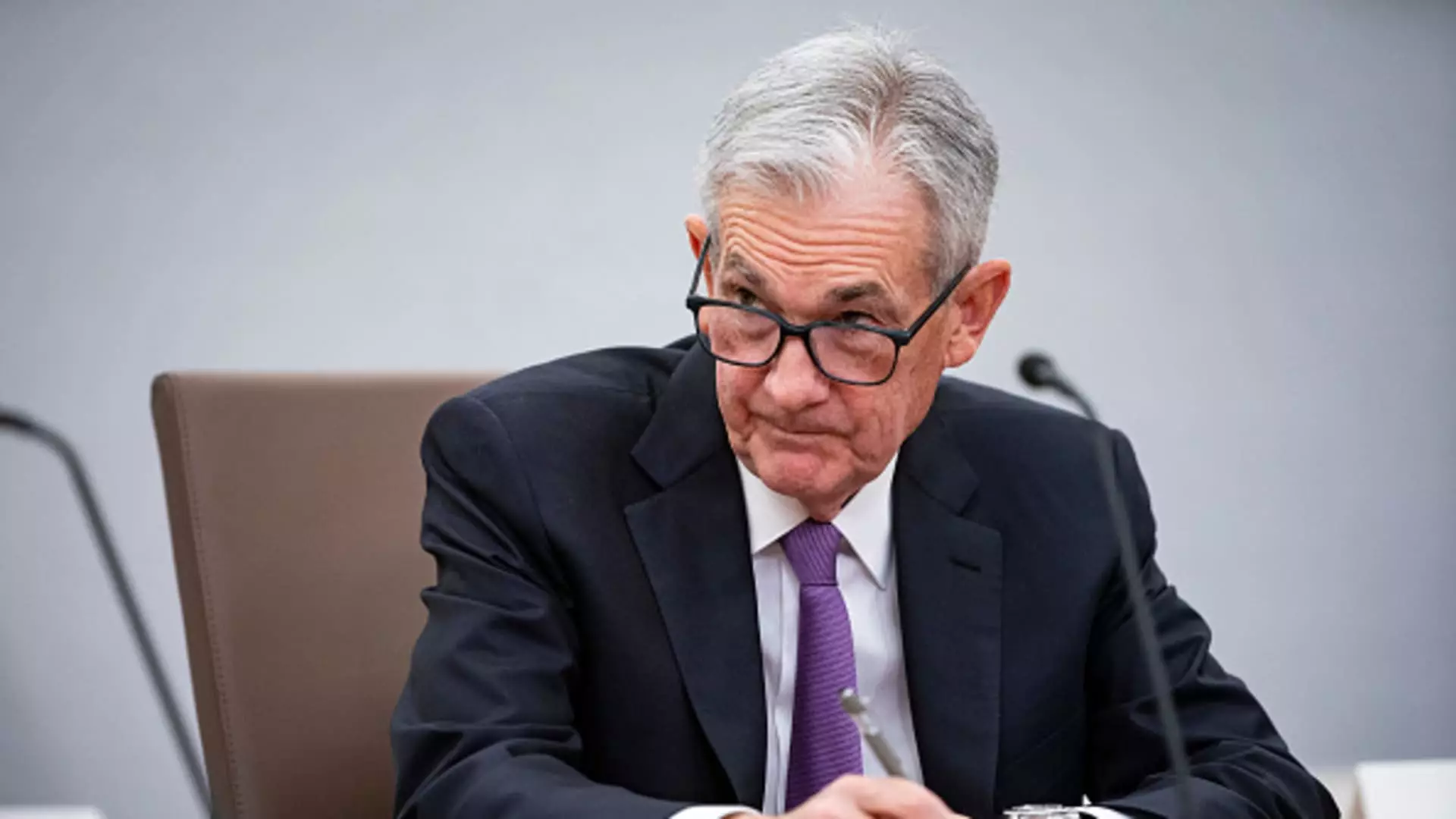Federal Reserve Chairman, Jerome Powell, recently addressed the current state of inflation and the uncertainty surrounding potential interest rate cuts. Powell emphasized the need for policymakers to carefully evaluate the inflation data before making any decisions regarding monetary policy. He mentioned that it is too early to determine whether the recent inflation readings are more than just a temporary increase. Powell indicated that the Federal Reserve will not consider lowering the policy rate until there is greater confidence that inflation is moving towards the target of 2 percent.
Market expectations for interest rate cuts have fluctuated as inflation has remained higher than expected. However, other economic variables such as job gains and consumer spending have shown positive signs, allowing the Fed to take a patient approach in assessing the overall state of the economy. The preferred inflation measure, the personal consumption expenditures price index, has shown a 12-month rate of 2.5% for February, indicating a slight increase from the target rate.
Various Fed officials have expressed their views on the current economic conditions and the potential need for interest rate cuts. Atlanta Fed President, Raphael Bostic, suggested that one cut might be necessary due to the increase in prices of important items. San Francisco Fed President, Mary Daly, mentioned that three cuts could be a reasonable baseline, but there are no guarantees. Cleveland’s Loretta Mester also indicated that cuts are likely later this year, emphasizing the importance of monitoring the economic situation.
The uncertainty surrounding interest rates has affected the financial markets, with stocks falling and Treasury yields increasing. While the market stabilized eventually, traders have repriced their rate expectations, casting doubt on a potential cut in June. The market-implied probability of a rate cut moved to about 54% at one point, reflecting the uncertainty among investors regarding the Fed’s future actions.
In addition to discussing interest rates, Powell also emphasized the importance of Fed independence, especially during the upcoming presidential election campaign. He highlighted the need for the Fed’s analysis to remain free from any personal or political bias, focusing solely on the best decisions for the economy in the medium and long term. Powell addressed concerns about “mission creep,” clarifying that the Fed is not involved in climate change policy decisions or financial preparations related to such events.
Overall, Powell’s remarks shed light on the Federal Reserve’s cautious approach towards evaluating inflation and interest rates. The uncertainty in the market and the need for greater confidence in inflation data have prompted the Fed to take a patient stance in making any policy adjustments. As the economic situation continues to evolve, it remains crucial for policymakers to carefully monitor the data and assess the need for any future rate changes.

